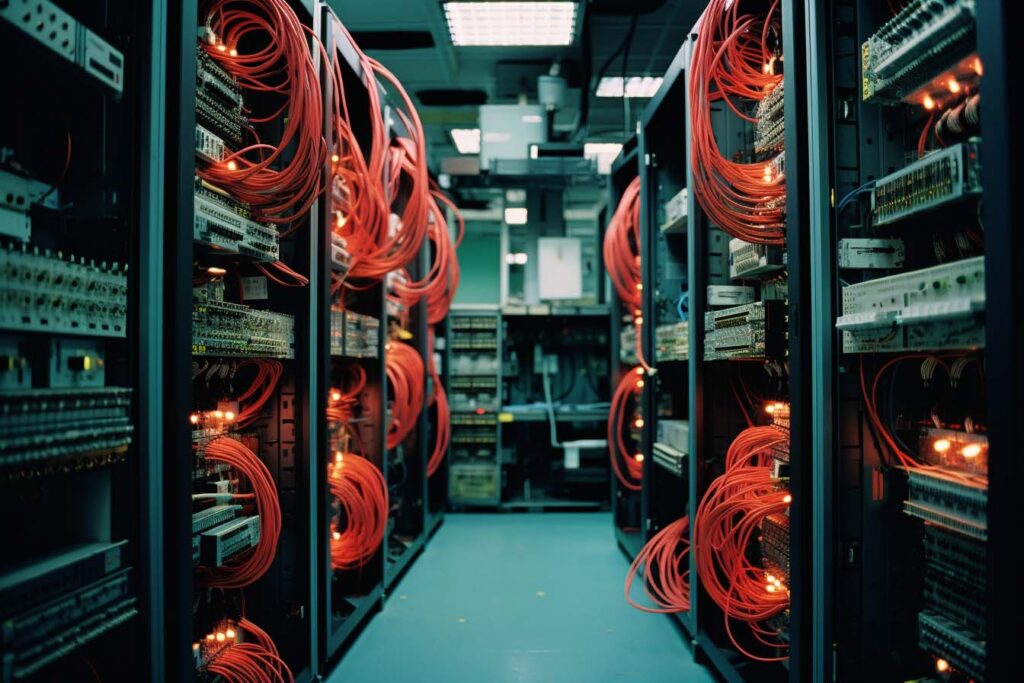TLDR: Bruker, a leading manufacturer of superconducting magnets for nuclear magnetic resonance (NMR) applications, offers its Ascend line of magnets that combine innovative magnet technologies for optimal performance and cost efficiency. The Ascend line ranges from 300 MHz to a world-record-breaking 1.2 GHz. These magnets have smaller coils and reduced physical size, making them easy to site and operate. The magnets also feature advanced shielding and jointing technology for exceptional stability and reduced drift rates.
Bruker’s Ascend magnets are designed for use with its refrigeration equipment, automation technologies, room temperature shim systems, and NMR probes. These magnets are suitable for various applications in materials research, small molecule analysis, and structural biology.
Bruker also offers the Ascend Evo 1.0 GHz NMR Magnet, which features a compact design that reduces its footprint, weight, and helium consumption. This innovative design lowers siting, installation, and operating costs.
NMR spectroscopy is a powerful analytical technique that provides valuable information about the structure, identity, concentration, and behavior of molecules. Bruker’s Ascend magnets, with their advanced superconductors and active shielding, are ideal for laboratories with limited space.
One of the main benefits of Bruker’s Ascend magnets is their operational cost savings. The magnets have low helium consumption rates, offering significant savings in operating costs compared to traditional NMR magnets.
Bruker’s Ascend magnets have been used in various research applications, including the labeling process evaluation of pancreatic islets for transplantation, determining the structural alterations of potential anti-cancer drugs, assessing the efficacy of anti-malarial drugs, studying the structure of peptides targeted by HIV vaccines, and analyzing the structure of heparin.
For helium recovery, Bruker offers the HelioSmart Recovery system, which collects helium boil-off from NMR magnets and stores the gas in high-pressure cylinders. This system helps protect the limited helium resource and makes lab operations more sustainable.
In summary, Bruker’s Ascend line of magnets offers innovative technology for optimal performance and cost efficiency in NMR spectroscopy. These magnets have smaller size, exceptional stability, and low operating costs, making them suitable for a wide range of research applications.







